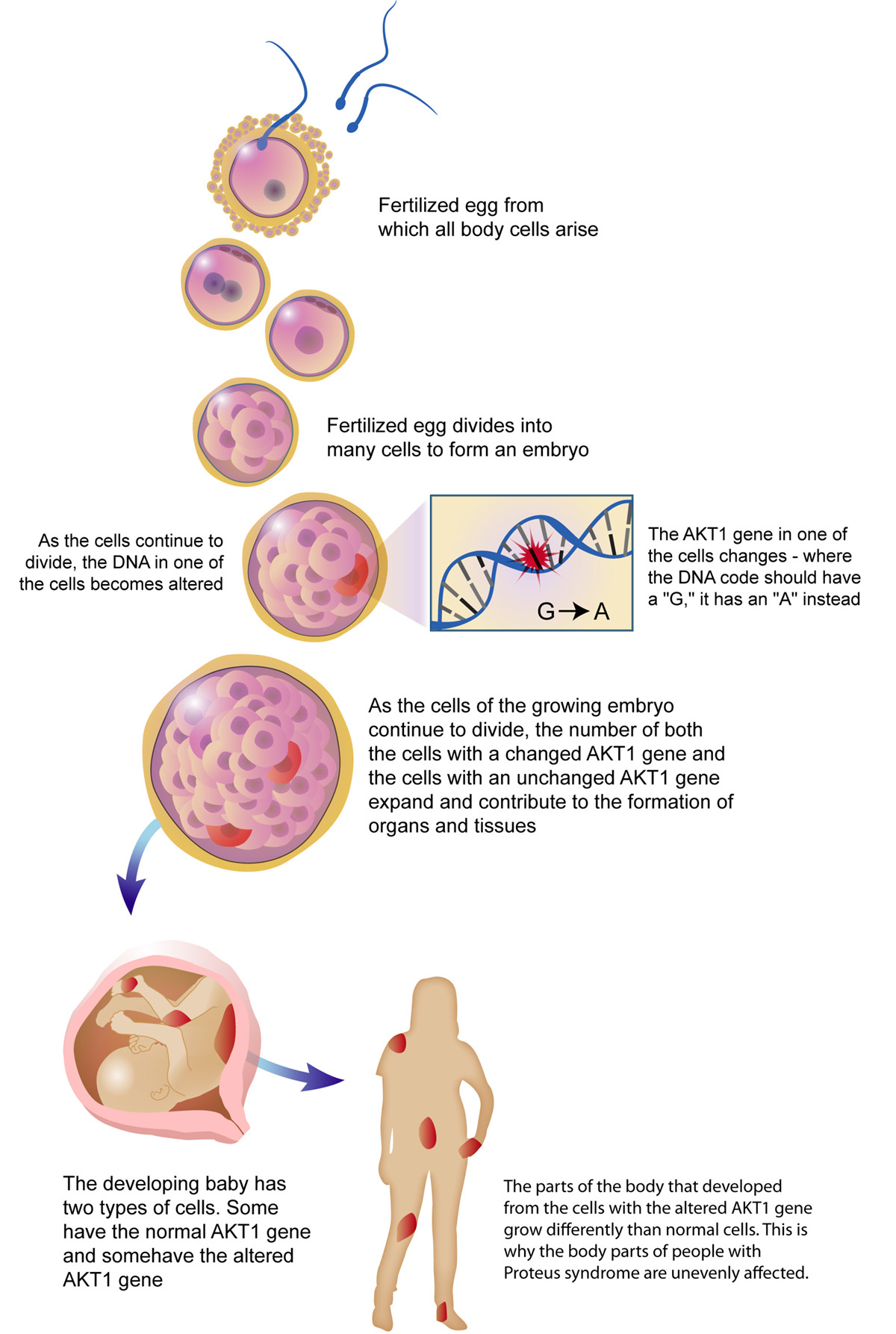
Proteus syndrome, also known as Wiedemann’s syndrome, is a rare congenital disorder characterized by skin tissue overgrowth, accompanied with degenerative bone development and tumors over half the body. The disorder was named after a Greek sea god Proteus, who had a power of shape shifting. The syndrome was first identified in 1979, and since then only about two hundred cases have been reported worldwide. It is estimated that only about 120 of them are still living. On the other hand, the disease is often undiagnosed, especially in the undeveloped parts of the world. Diagnosed people are, usually, the most disfigured ones. The general prevalence of Proteus syndrome is less than 1 case per 1,000,000 live births.
Perhaps the most famous patient with Proteus syndrome is, so called, “Elephant Man.” The elephant man was Joseph Carey Merrick, a citizen of London, who became a true sensation back in the late 19th century.
Symptoms of Proteus syndrome
Proteus syndrome causes overgrowth of all tissues: skin, bones, muscles, fat and blood and lymphatic vessels. The first symptoms of the syndrome develop at the early age, typically during the first years of life. As a child develops, tumors and growths appear on its body.
Development of deformities may be severely dangerous as it increases risk of premature death in patients. Vein thrombosis and pulmonary embolism are the common complications of the disease. Enlarged limbs are often painful and the syndrome often leads to arthritis. Abnormal growth of tissues may seriously damage nervous system and lead to cognitive disability. Even if the disability is not present, the visible deformity is something that usually has an extremely negative effect on the others, and their social life is usually very problematic. Once when the nervous system becomes affected patients may appear sluggish and mentally disabled.
Causes of Proteus syndrome
Scientists do not have firm evidence about what causes Proteus syndrome. It appears that it occurs randomly, as a cruel joke of Mother Nature. However, some scientists believe that Proteus syndrome results from an yet unknown gene, that mutates in some cells but remain normal in the others. This would explain why the symptoms appear on only certain parts of the body. For example, the famous patient Merrick had small but un-deformed left arm and hand, and his penis and scrotum were also normal. The severity of the effects should then be explained as dependent on how many cells contain the mutated gene, and what type of cells contains it.
A cure for Proteus syndrome has not yet been found but the drug called Rapamycin has found to be effective in treatment of growths.










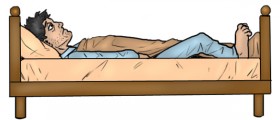
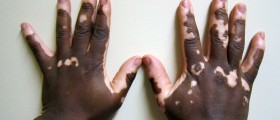


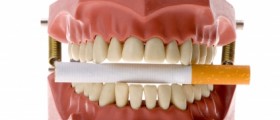

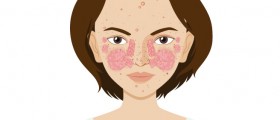
Your thoughts on this
Loading...